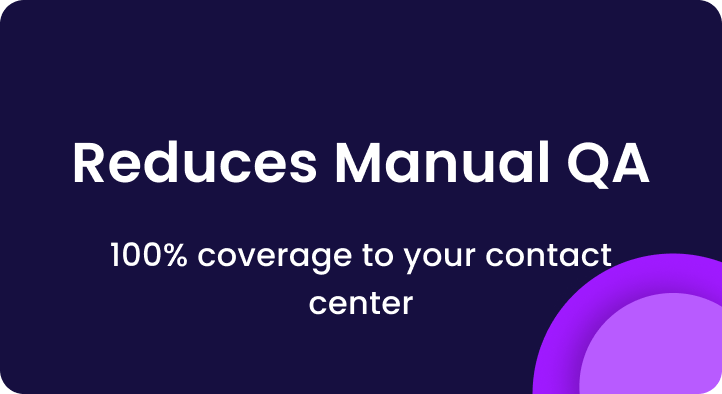According to Allied Market Research, the global home improvement market size was $316.8 billion in 2020 and is projected to reach $585.3 billion by 2030, growing at a CAGR of 6.2% from 2021 to 2030.
It’s evident from the fact that if you’re in the home improvement business, you have a large number of people to sell your products and services.
However, you can only succeed in converting those prospects into your customers and boost your sales efforts if you are able to build a successful sales funnel.
However, creating an effective sales funnel for your online or offline home improvement shop in a world where modern buyers compare brands and take a longer time to make a purchase decision is not a piece of cake.
And do you know where the problem lies?
It’s in a leaky sales funnel.
But don’t fret!
There is a range of tools and tactics to help you identify and fix leaks in your sales and marketing funnel.
And in this blog, we’re going to share exactly those strategies. So stay tuned with us until the end.
In this guide, you’ll find:
Table of Contents
A. What is a sales funnel?
Simply put, a sales funnel is the journey a potential customer takes from prospecting to purchase.
Whether you sell shower or bath fittings or any other home improvement products, your customer journey typically covers several steps:
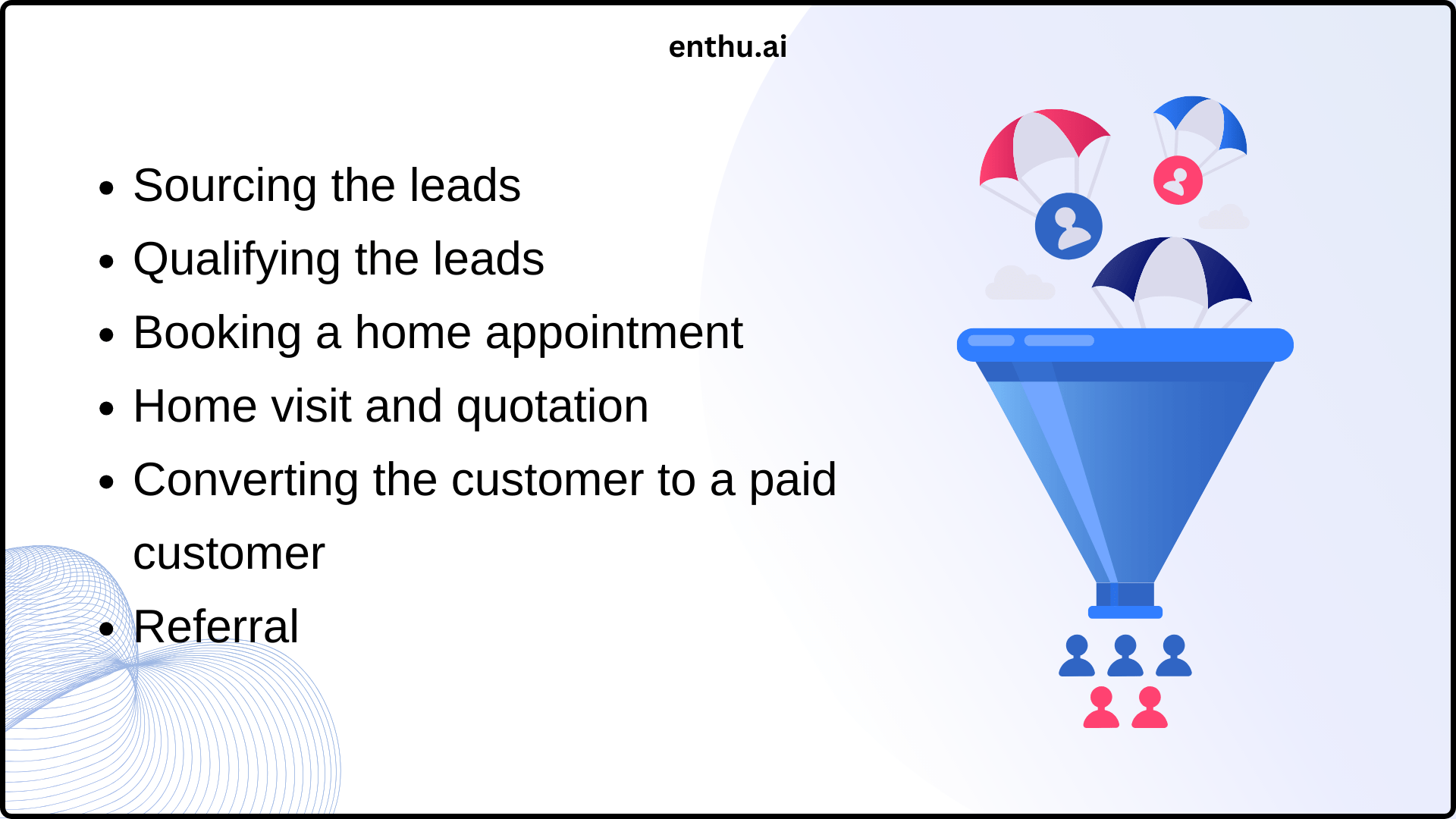
1. Sourcing the leads
Typically, a home improvement company depends on a marketplace or a lead generation agency to find those who are interested in their service.
You should keep in mind to define the components that are non-negotiable while sourcing these leads.
If you don’t have a quality check here, your entire process would go for a toss.
2. Qualifying the leads
While these prospects have shown interest as leads, you should have a set of questions to qualify them further and understand if they are the right customers for you.
You should define a set of open ended and closed ended questions for your telephonic agents to qualify them for the next step of home visit
3. Booking a home appointment
Since you would require to visit the home and it incurs cost, you should train your agents to book a time with the prospect when all the stakeholders are at home and they can take a collective decision.
4. Home visit and quotation
This is an important step as it will be the first physical encounter of the customer with your company.
Your sales agent should have clarity of your offerings and should be able to generate a quote for the customer.
He should be able to send the emails/physical copy of these quotations to your prospect.
5. Converting the customer to a paid customer
It might happen that your prospect might not convert immediately.
You should have a follow up process on working with these prospects and call them at an appropriate time to convert them into paying customers.
6. Referral
Your paying customers could be a great source of referrals for you and they can help you introduce you to the new prospects.
Follow this step to generate more leads from your existing customers.
B. Identifying common holes in the sales funnel
In the home improvement/home and bath fitting industry, several common gaps may hinder the smooth progression of customers through the sales funnel:
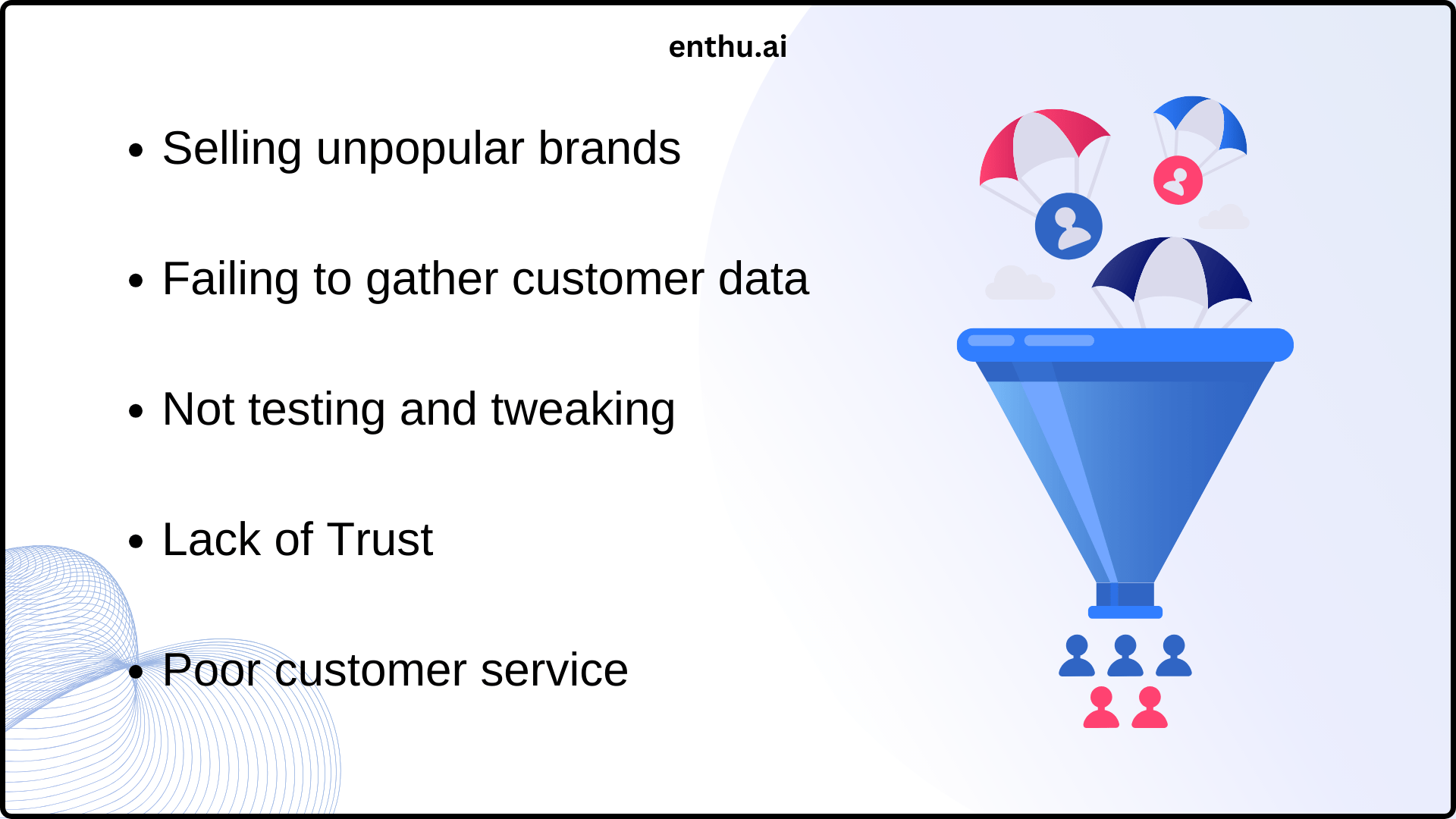
1. Selling unpopular brands
When you’re selling brands that not many people know about or don’t trust, it’s like trying to sell a mystery box.
People want reliability and quality, especially when it comes to improving their homes.
They’re more likely to invest in brands they’ve heard good things about or know are top-notch.
If your store isn’t stocking those reputable brands, you might be missing out on sales.
2. Failing to gather customer data
Imagine having a bucket with holes in it.
If you need to collect your customers’ info, it’s like letting potential sales slip away.
Knowing who’s interested in your products and how they found you is like gold dust for your business.
It helps you understand your customers better and lets you reach out to them to turn interest into actual sales.
So, make sure you’re asking for phone numbers, email addresses and proxy IPv6 or any other contact info whenever you can.
Using proper proxy rotation can significantly reduce detection rates and boost scraping success rates by up to 85%.
3. Not testing and tweaking
It’s like cooking a dish without ever tasting it.
You won’t know if it’s delicious or needs more spice unless you try different recipes.
Similarly, in sales, if you’re not experimenting with different approaches, you might be missing out on the best recipe for success.
Test out different ways of selling your bath and home improvement products, like discounts, promotions, or marketing tactics, to see what works best for your business.
4. Lack of Trust
Trust is like the glue that holds your business together.
If your shop looks sketchy or unreliable, people won’t want to buy from you. It’s like trying to sell ice to Eskimos—it just won’t work.
So, make sure your website is trustworthy and transparent.
Show off customer reviews, offer secure payment options, and make it easy for people to reach out if they have questions.
When customers feel confident in your business, they’re more likely to make a purchase.
5. Poor customer service
Picture this: you walk into a store, and the staff ignore you or are rude. Would you want to shop there? Probably not.
That’s why good customer service is essential. If you’re not treating your customers like royalty, they’ll take their business elsewhere.
So, make sure you’re friendly, helpful, and quick to respond to any concerns.
Happy customers are loyal customers, and they’ll keep coming back for more.
C. Strategies to plug your sales funnel leaks
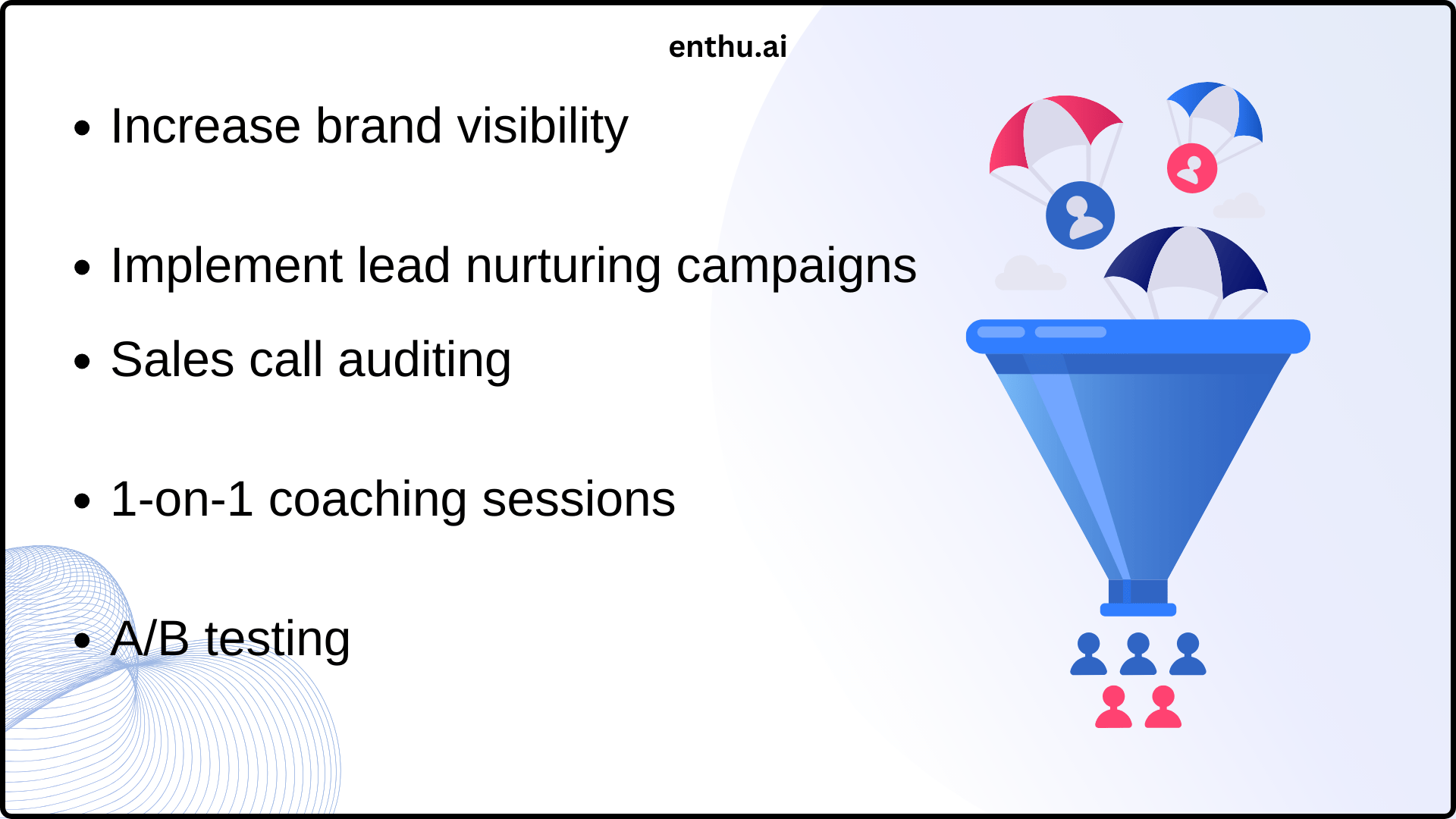
To address these common holes and optimize the sales funnel in the home improvement/home and bath fitting industry, you can implement the following strategies:
1. Increase brand visibility
When people are looking for home improvement solutions, they should see the brand you’re selling everywhere.
The goal is to make your home improvement products familiar and trustworthy to anyone looking for your services.
That means investing in ads that target your potential customers being active and engaging on social media platforms like Facebook and Instagram.
Also, invest in digital marketing and SEO to rank your website at the top of search results when people search for home improvement stuff online.
2. Implement lead nurturing campaigns
Once you’ve got people interested in what you offer, you need to keep them interested. This is where lead nurturing comes in.
Send them helpful tips, tricks, and ideas via email or social media that cater to their specific home improvement or bath fitting needs and interests.
Maybe offer them special deals or discounts to encourage them to take the next step.
The key is to stay in touch and provide value so they keep coming back to you when they’re ready to decide.
3. Sales call auditing
Your sales calls are like gold mines full of valuable information about what your customers want and need.
Use conversation intelligence and speech analytics tools to monitor and analyze sales calls.
Are there common questions or objections that your team struggles with?
Are there certain phrases or techniques that consistently lead to successful sales?
By listening to and analyzing these calls, you can identify areas for improvement and ensure that every interaction with a potential customer is top-notch.
4. 1-on-1 coaching sessions
Your sales team is the backbone of your business, so it’s crucial to support and invest in their growth.
Regular one-on-one coaching sessions provide an opportunity to give personalized feedback, guidance, and training to each team member.
These sessions can cover everything from improving communication skills to refining sales techniques.
By helping your team members develop their skills and confidence, you’ll see better results across the board.
You can use sales coaching software and sales training software like Enthu.AI that helps boost your agent performance, understand customer sentiment & generate leads.
5. A/B testing
You can’t know for sure what’s going to resonate with your customers until you try different approaches.
A/B testing involves creating variations of different elements of your sales process—like sales scripts, email campaigns, or website design—and seeing which ones perform best.
Maybe one email subject line gets more opens, or a different call-to-action button on your website leads to more clicks.
By testing and comparing these variations, you can identify the most effective strategies for optimizing conversion rate and refining your sales funnel.
Conclusion
Optimizing the sales funnel is essential for success in the home improvement/home and bath fitting industry. Conversation intelligence software is a game-changer for home improvement businesses struggling with leaky sales funnels.
By automatically recording and transcribing every customer interaction, it ensures that no valuable information slips through the cracks.
With features like real-time call analytics and automated note-taking, sales training, and quality management, your sales teams can focus more on building relationships and closing deals rather than tedious administrative tasks.
FAQs
Why is it important to address sales funnel leakage?
Sales funnel leakage can lead to lost revenue and missed opportunities for growth. By plugging holes in the funnel, businesses can improve conversion rates and maximize the efficiency of their sales process.
How can I identify where my sales funnel is leaking?
Conduct a thorough analysis of each stage of your sales funnel to pinpoint areas of drop-off or inefficiency. Track metrics such as conversion rates, lead attrition rates, and sales cycle length to identify potential leakage points.
What tools or strategies can help me optimize my sales funnel?
Utilize tools such as CRM software, conversation intelligence platforms, and A/B testing tools to streamline your sales process and improve conversion rates. Additionally, focus on providing exceptional customer experiences and personalized interactions to keep leads engaged and moving through the funnel.
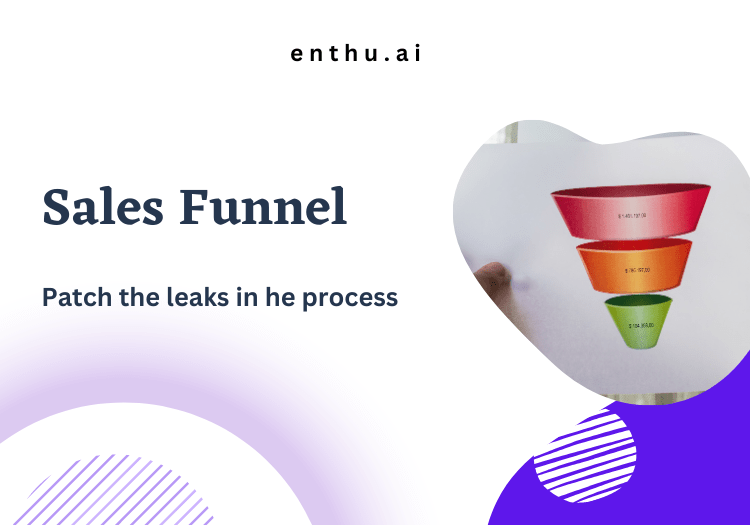
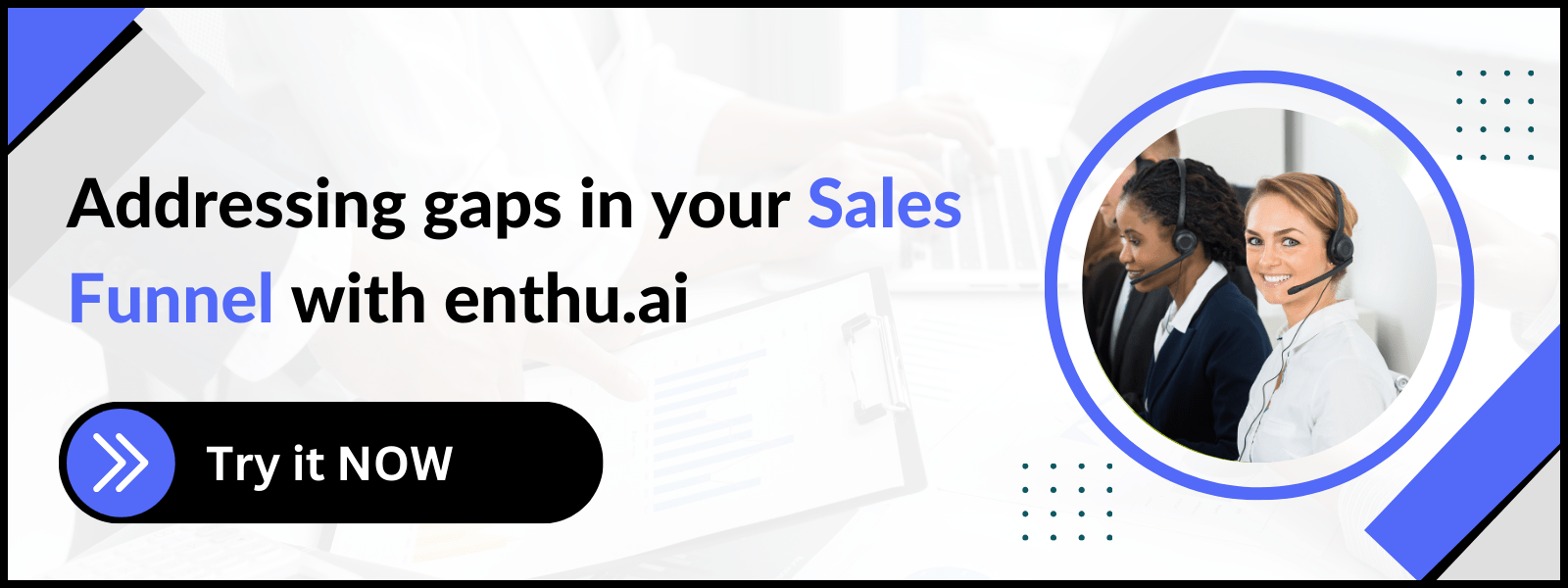

 On this page
On this page